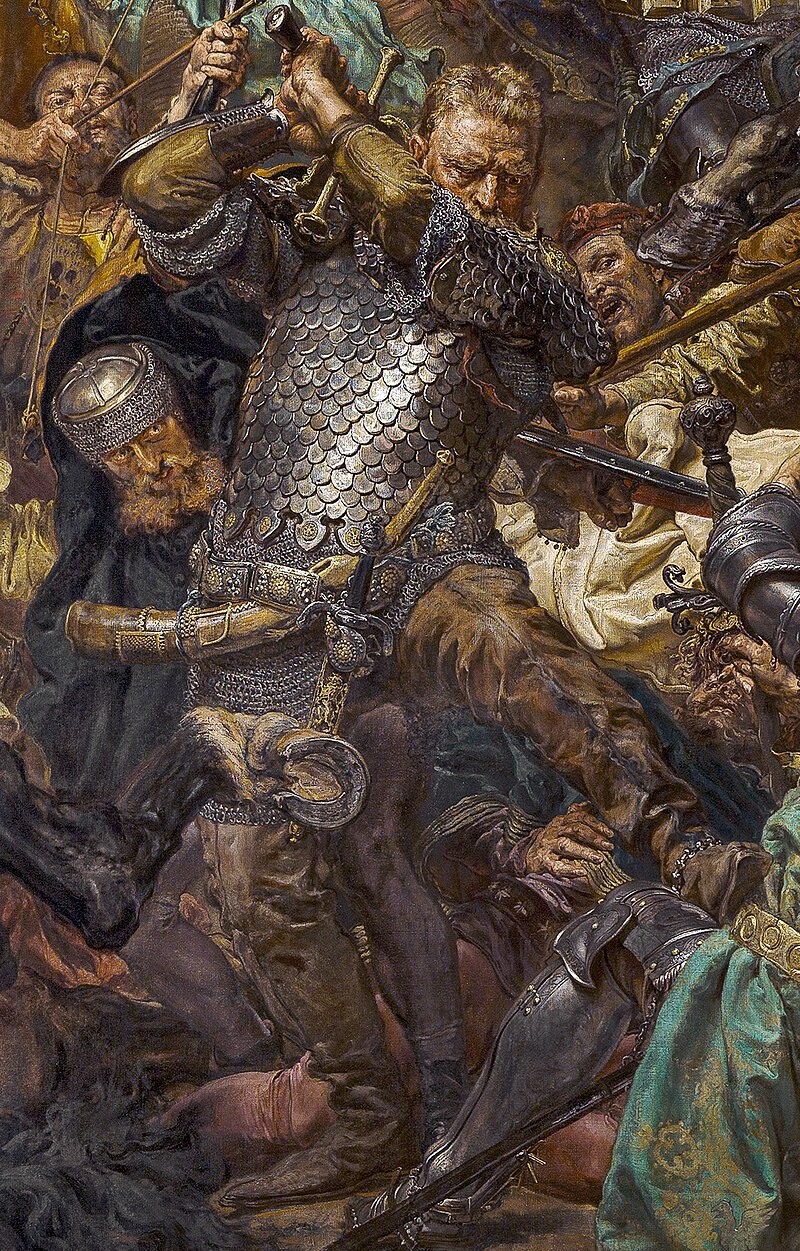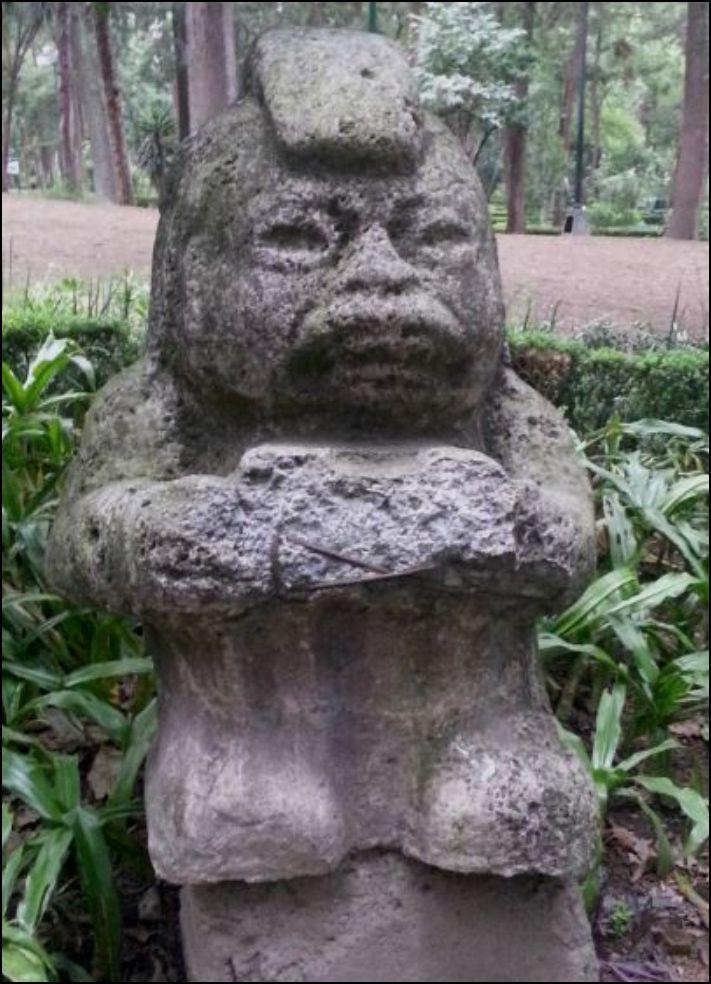Turul

The Turul is a legendary bird of prey central to Hungarian mythology and national identity, typically portrayed as a powerful falcon. This majestic creature serves as one of Hungary's most enduring national symbols.
Etymology suggests the word "turul" derives from Turkic origins, reflecting the cultural exchange between Magyar and Turkic peoples. Linguistic evidence places it alongside "kerecsen" (saker falcon) and "zongor" (gyrfalcon) as one of three ancient Hungarian terms for specific falcon species. This Turkic influence is unsurprising, as over 10% of modern Hungarian vocabulary has Turkic roots.
In Hungarian legend, the Turul appears prominently in the tale of Emese, recorded in both the Gesta Hungarorum and Chronicon Pictum. The story tells how the Turul visited Emese in a dream when she was pregnant with Álmos, the future leader. Rather than impregnating her (as misinterpreted in older texts), the Turul served as a divine protector for the unborn child—a role strikingly similar to the Simurgh in Persian mythology.
Another significant legend describes a dream in which eagles (symbolizing the rival Pechenegs) attacked Hungarian horses until the Turul intervened to save them. This protective role draws parallels to Norse mythology's Vedfolnir, which perched upon Yggdrasil, the world tree.
The symbolism of powerful birds of prey was widespread throughout Central Asian nomadic cultures, particularly among Saka-Scythian peoples. Similar mythological elements appear in Mongol tradition, where Genghis Khan's maternal lineage is connected to an eagle carrying the sun and moon. In parts of Kazakhstan and Kyrgyzstan, falcons are traditionally brought into yurts during childbirth to ward off evil spirits.
Archaeological evidence of the Turul's cultural significance includes a pair of silver disks bearing Turul imagery discovered in a 10th-century Hungarian cemetery in Rakamaz. Such ornamental disks were prestigious decorations worn by noble Hungarian women at the ends of their braided hair.


